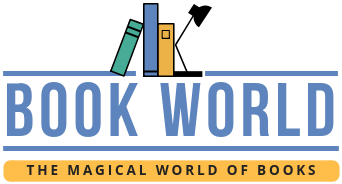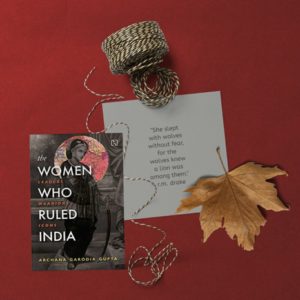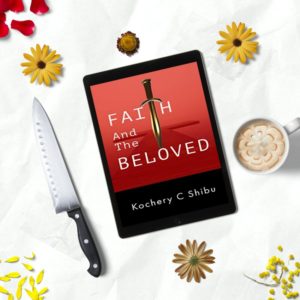
Half of a Yellow Sun by Chimamanda Ngozi Adichie is a powerful historical fiction novel that takes us deep into the heart of the Biafran War in Nigeria – a war that caused immense suffering for reasons that still feel hard to fully understand. As I read, I couldn’t help but think about how our world today continues to be torn apart by similar conflicts. That’s why I believe this novel will remain relevant for years to come – it captures so vividly the pain humans cause one another in the name of politics, power, and land.
🌍 A Brief Background to the Biafran War
To truly appreciate the book, it helps to understand a little about the history it’s based on. After Nigeria gained independence from the British, two major ethnic groups dominated – the Igbo, who were mostly Christian and better educated, and the Hausa-Fulani, who were mostly Muslim and from the north.
As the Igbo began to take on major roles in government, business, and the military, tensions grew. Mistrust turned into riots, and thousands of Igbo were killed. Eventually, the Igbo declared independence and formed a new country: Biafra. But the Nigerian government refused to accept it – and so began the civil war in the late 1960s.
Before reading this novel, I barely knew anything about Nigeria or its past. But by the end, it felt like I had lived through the war myself. That’s the magic of good writing – it transports you to places and times you’ve never experienced. Not long ago, I read Elizabeth Gilbert’s ‘Eat Pray Love,’ and her descriptions of Italy – the food, the people, the language, the culture – made me feel as if I were walking those streets with her.
Chimamanda’s style is different – she doesn’t describe Nigeria as a tourist. Instead, she masterfully paints two distinct pictures of the same country. One is from the early 1960s, depicting life before the war, where everything feels full and vibrant. The other is during the late 1960s, the war years, where everything feels dry, broken, and stripped down. The novel moves back and forth between these two timelines, and what struck me most was how effectively she contrasted the beauty of normal life before the war with the unimaginable horrors that followed the war.
Life before war felt incredibly normal and full of promise – there are lively parties, intricate family dramas, passionate political discussions and debates, and plenty to eat and drink.
But as the war begins, everything starts to change. There are terrifying air raids, widespread violence, and people are forced to flee their homes. The Nigerian government cruelly cuts off the supply of food and medicine, leading to widespread hunger and malnutrition, especially among children, many of whom tragically died. Teenage boys are sent to the battlefield without proper training, and girls are subjected to abuse. Suffering is palpable everywhere you look.
What hits hardest is how the novel shifts between these two timelines – the good days and the war days. You experience the richness of life, and then see it all stripped away. It hurts deeply. Adichie doesn’t just tell us about war – she makes us feel what war does to people.
Adichie’s Masterful Storytelling
Adichie’s writing is incredibly vivid and evocative. She crafts simple sentences, yet with them, I could close my eyes and imagine everything happening right in front of me. She also has this remarkable knack for getting into the heads of her characters, revealing their internal worlds.
For example, we witness the coming-of-age of Ugwu, one of the main characters, as he navigates puberty, with hormones boiling and fantasies running in and out of his mind. The author is so graceful in describing this universal phase of life.
Then there’s Olanna, another main character, who puts on a brave face after a breakup, pretending she’s completely fine, but Adichie reveals the complete turmoil in her mind in the most relatable manner. It’s a feeling that resonates with all of us.
Adichie uses her characters not just to tell a story, but to live through it – and through them, we experience the war too. For instance, through Ugwu, who is forcibly taken to the battlefield, we get a brief, horrifying glimpse of the warfront and its conditions. Through Olanna, we witness the plunders and massacres of the Igbo community, which shook her and, frankly, me to the core. Olanna’s twin sister, Kainene, works tirelessly to bring relief to suffering people by arranging aid. Through her, it’s like we get to witness firsthand the devastating starvation and diseases that plagued the population.
At its heart, the novel delves into the complexity of various relationships, with each connection serving to powerfully reveal the war’s far-reaching social, political, and personal consequences. The relationship between Olanna and Kainene stood out to me. They are very different – Olanna is idealistic, Kainene more practical and sharp leading to a constant, underlying tension between them. Yet, a beautiful duality in their relationship could be seen, as they also deeply cared for each other in their own unique ways. Their relationship blossoming amidst such adversity was beautifully portrayed by the author.
🕊️ The Ending — Raw and Real
By the end of the novel, Biafra is defeated, and the war ends. But the emotional scars remain. The story doesn’t just wrap up neatly. It leaves behind a tragedy that nearly broke my heart. I suppose the author wanted to keep the climax raw and real, reflecting the true nature of war. The war might be over, but it leaves behind a hole in the hearts that will never let anyone feel.
If you want to understand what war really does to ordinary people — not just statistics or headlines, but real lives, emotions, and losses — then this book is absolutely worth reading.
Half of a Yellow Sun is not just a story about Nigeria. It’s a story about what it means to love, to lose, and to carry on when everything falls apart. It’s heart-wrenching, beautifully written, and deeply important.



